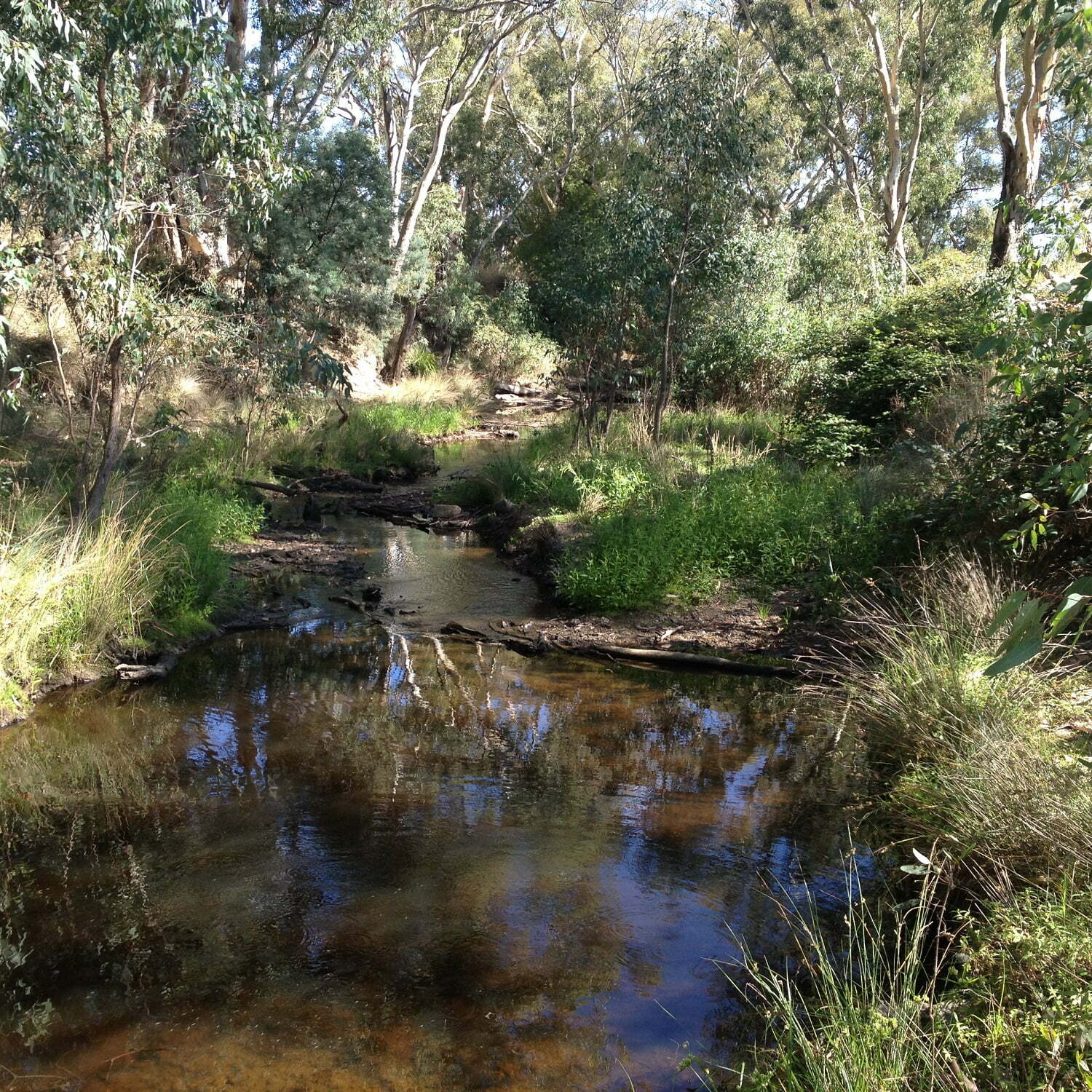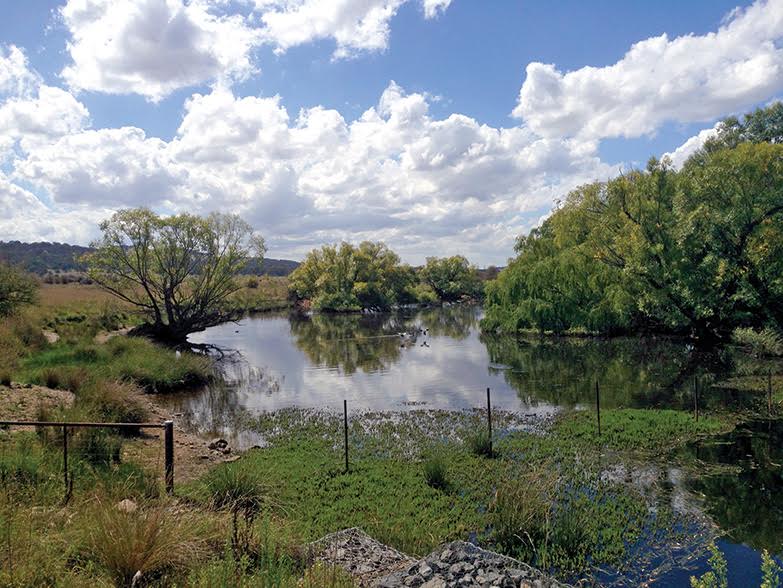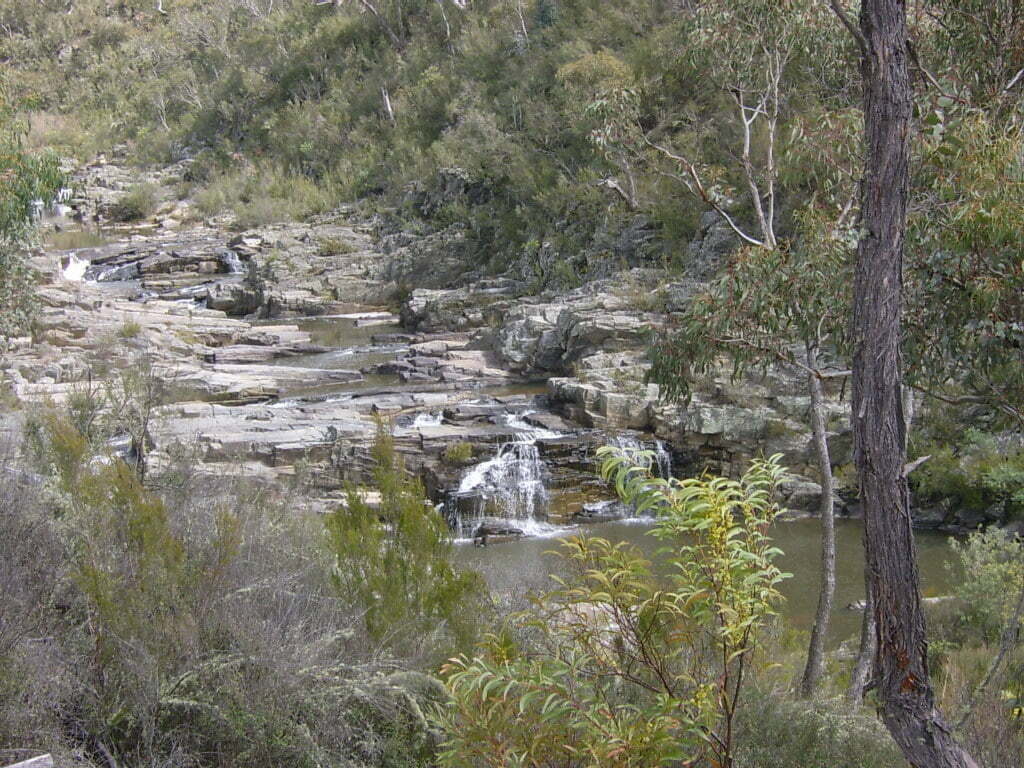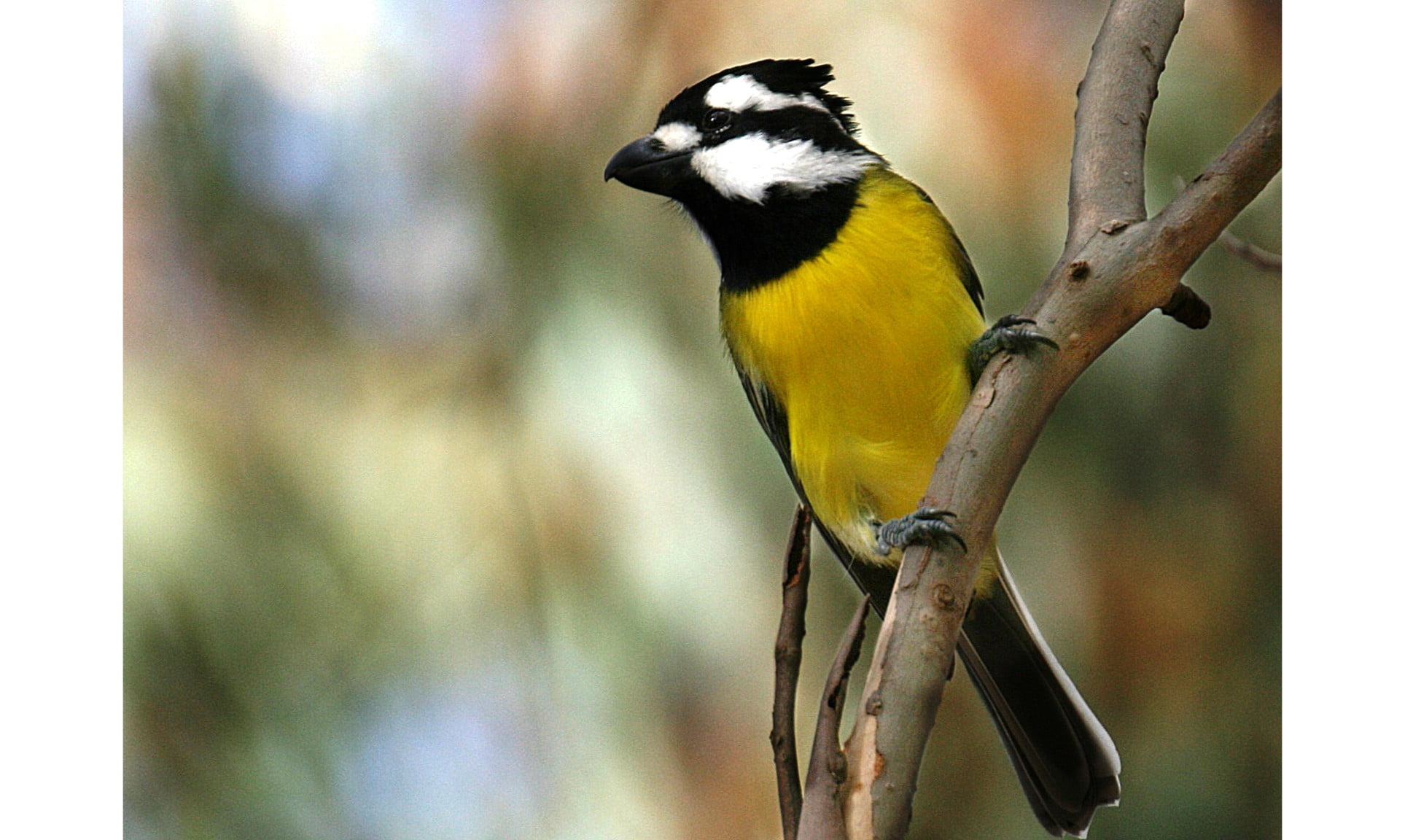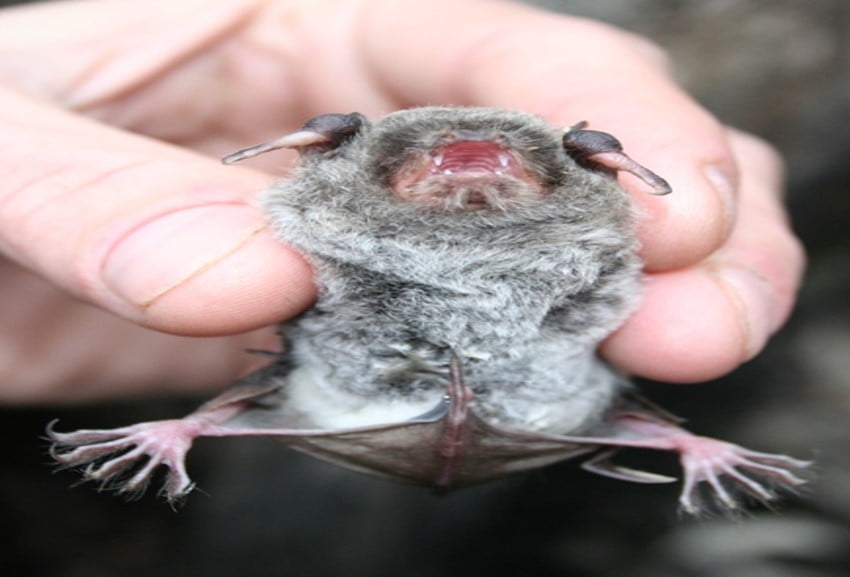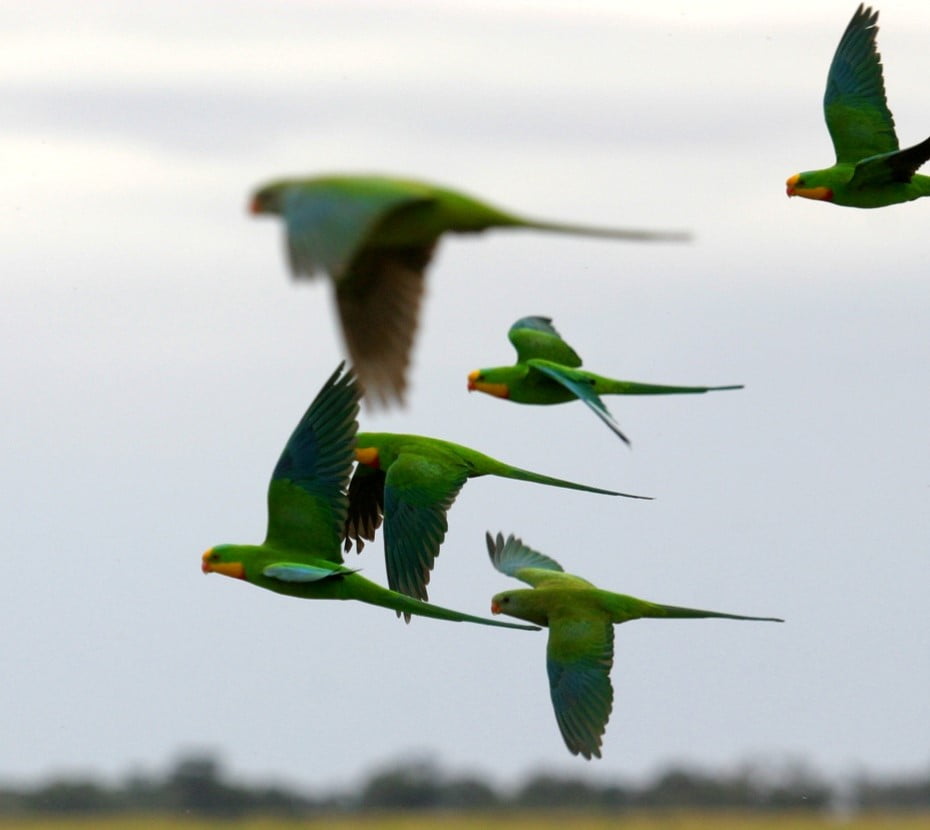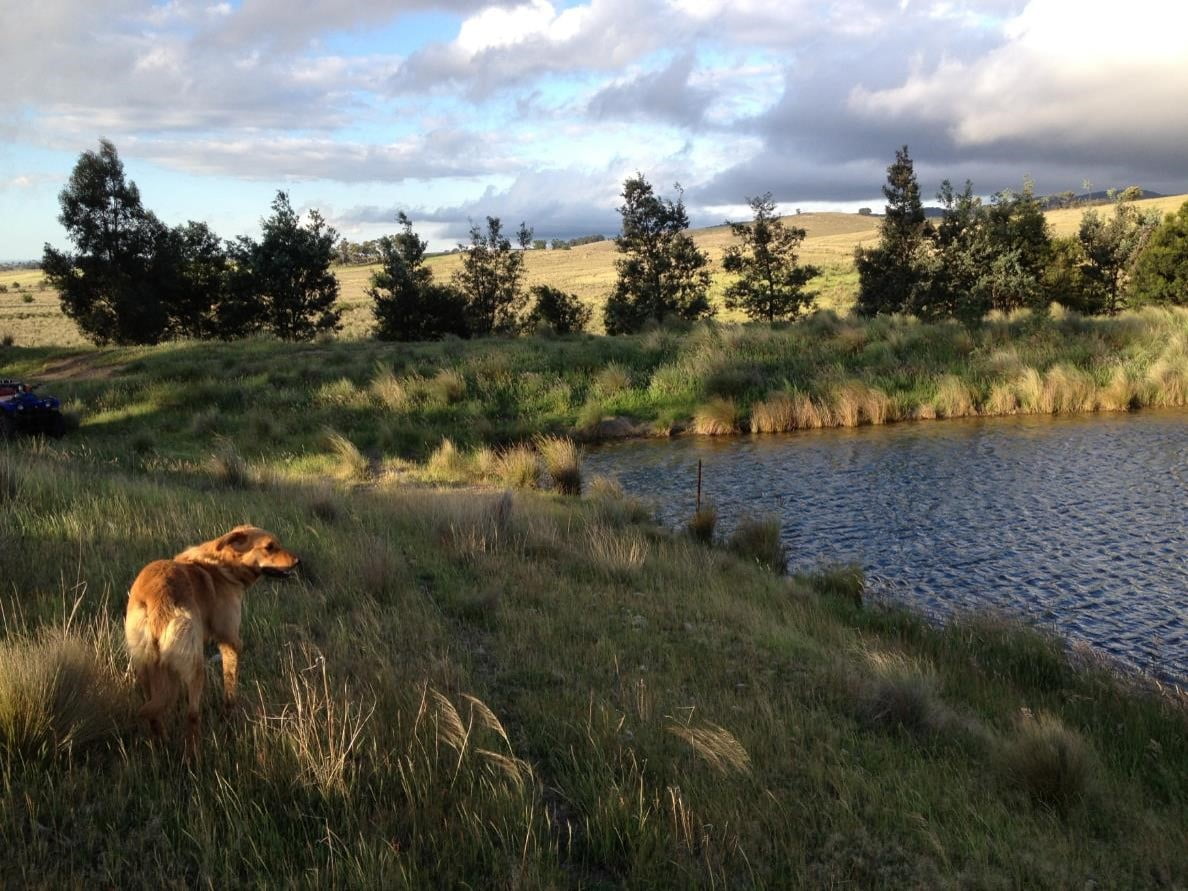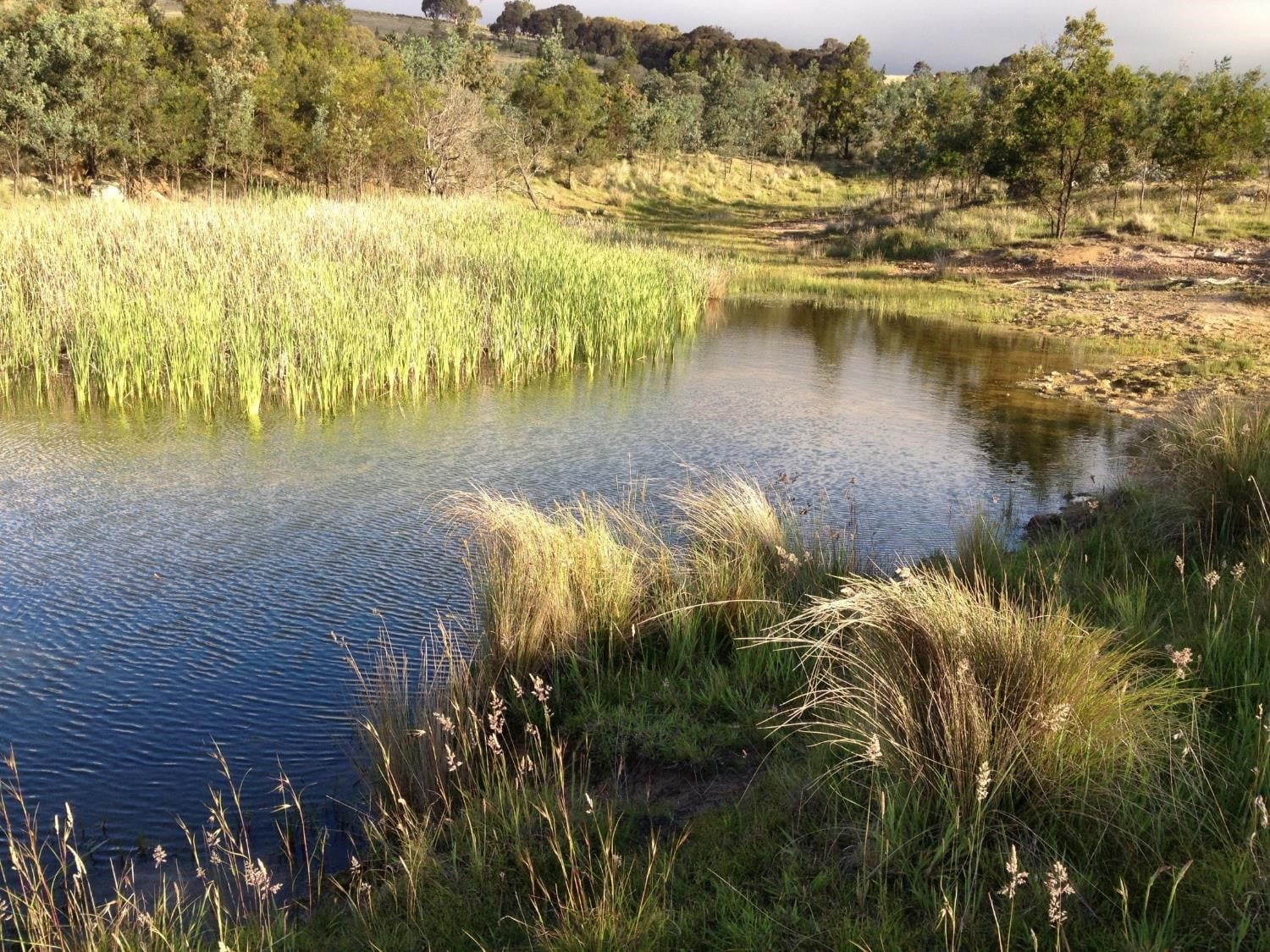“Your speakers were well chosen. very informative and engaging, tactful and sympathetic to local landholder mindsets. I think speakers like this who also use humour are going to have much more success breaking through traditional views of land management. The use of a local landholder to present her experience is also very valuable in breaching the divide. Well done.” – (Survey Participant)
On Wednesday the 26th of October eighty people got together in the Goulburn Club to talk about ‘messing things up in the riparian zone’. What became immediately apparent is that ‘messy’ is better for wildlife, river health, carbon sequestration, biodiversity and recreation, yet often the policies and beliefs we have held about what ‘good land management practices are’ has led us to clear our paddocks, pick up wood and ‘litter’, straighten our streams, and get water flowing as quickly as possible. We now know that these activities reduce the complex habitat our native wildlife needs to thrive, as well as impacting on our ability to spend time along our rivers fishing, swimming and connecting with nature.
Our event began with Alfie Walker, from the Pejar Local Aboriginal Council acknowledging country and speaking about the importance of rivers for connection, culture and identity. Aboriginal people use rivers and riparian areas as ‘supermarkets’ and ‘highways’, rich sources of food, sustenance and pathways crossing the landscape and connecting communities together. Alfie shared some wonderful stories about how rivers in the region were formed and the intense spirituality of our waterways for Aboriginal communities, he invited all of us to share this connection by working together to care for these special parts of our environment.
Siwan Lovett followed Alfie and talked about ‘Why’ the Rivers of Carbon team do what they do, what they believe in, and why they feel so passionately about working with local communities. Our Rivers of Carbon feels a strong moral responsibility to do what we can to address the challenges we face in relation to climate change – we cannot stand by and wait for someone else to ‘fix things’. In addition to this strong moral base, is the science that supports protecting and restoring river and riparian areas, as this quote from researcher Corey Bradshaw explains:
…the most important area of work to mitigate climate impacts and protect and conserve biodiversity, is to plant diverse, resilient native vegetation linking existing patches of remnant vegetation to create living corridors. (Bradshaw etal Biological Conservation 2013)
In addition to the moral and scientific reasons underpinning Rivers of Carbon, new research is supporting the need for our work to protect and rehabilitate riparian areas so that they are ‘messier’. It was this work that inspired the workshop in Goulburn, and which is summarised in this quote from Professor Ellen Wohl:
Natural river systems are complex, ‘messy’ and retain water, nutrients and carbon. Modified river systems are simple, ‘neat’ and designed to keep water moving. These systems are carbon poor. It is estimated that modified river systems store less than 2% of the carbon they used to. (Professor Ellen Wohl, Australian Stream Mgt Conference 2016)
The Rivers of Carbon team are delighted to be working with local Landcare groups and landowners to put the science of riparian management into practice.
Matt Herring was our next speaker and provided lots of examples about how ‘messier’ riparian zones provide habitat for birds, reptiles, macro-invertebrates, fish, bats, and amazing plants. His talk was captivating with beautiful pictures of the animals and plants you only find in riparian areas. In the ‘simple, neat vegetation (see photos below) you would expect to find the following birds – Noisy Miner, Eastern Rosella, Magpie, Crested Pigeon, Pied Butcherbird. In the ‘complex, messy vegetation you would find many more birds including – Red-capped Robin, Grey Fantail, Mistletoebird, Painted Honeyeater, Yellow Thornbill, Chestnut-rumped Thornbill, Western Gerygone, Eastern Rosella, Singing Honeyeater, Striped Honeyeater, Brown-headed Honeyeater, Rufous Whistler, Crested Shrike Tit and many more. Matt also talked about the importance of river and riparian areas as ‘hotspots’ for biodiversity and wildlife and vital for our native plants and animals to survive and thrive.
Ian Rutherfurd took the stage after Matt and is another person passionate about rivers and ‘mess’. He shared his experiences of working in the Pilbara region with large companies required to put back the ‘mess’ after they divert streams and rivers to enable their commercial activities. Rivers need ‘room to move’ so that they can perform a range of functions, providing habitat and food for a wide range of animals, as well as having a range of flows and movement. Disturbance and movement is really important for rivers, creeks and streams, as the beds of rivers need to ‘turn over’ so that the water is oxygenated, and pools and riffles are formed. Some fish only spawn in submerged trees and logs so we need these structures in our rivers for this to happen. Ian also talked about how when it floods we often blame the vegetation in rivers like reeds and trees for making those floods worse. Research has shown that in large floods, the impact of vegetation is very minor as the amount of water flowing through the river and out onto the floodplain ‘drowns out’ the shrubs, trees and reeds.
Ian also talked about willows and how they are better than nothing along our rivers, but they are a problem, as they drop all of their leaves at one time into the stream, when our natural riparian vegetation provides continuous leaf litter and ‘detritus’, as well as timber and shade into the stream. Willows also tend to block rivers with their root systems, whereas native vegetation has a different growth habit. Overall, we need to assess each river site in relation to willows, and if it is decided to remove them, we do so gradually, with native vegetation being used to replace willows over time.
Our final speaker was local landowner Margie Fitzpatrick who gave an inspiring talk about the range of methods she has used on her farm to ‘mess’ things up and slow the water moving across her paddocks. Some of the methods she has used on her farm have been ‘hard engineering’ like flumes and rock chutes, but these have been mixed up with ‘soft engineering’ using vegetation, logs, rocks and haybales to fill eroding channels and enable moisture to be retained and for plants to grow.
Margie concluded her talk by sharing her ‘why’ – her reasons for doing what she does. We feel her words and this beautiful photo of a special watery place on her farm, are a great way to finish up this story about our Great Goulburn Gig…
“My focus is growing healthy fertile soils for healthy grasslands, diverse species, content animals and happy people. And at the end of the day , it’s good to breathe in the magic.”
The event was a great success and we had lots of terrific conversations with the many landowners that attended. You can view these conservations and workshop presentations here in our ‘virtual worshop’.
You can also read a related story in the latest Landcare in Focus Magazine by following this link.

